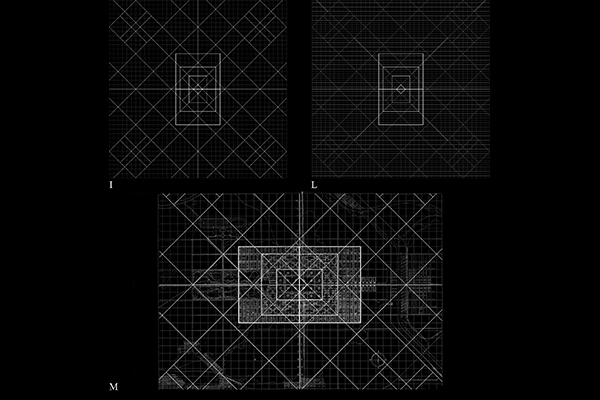From ornament to the city. The teaching of Eugène Grasset within the urban design of Le Corbusier
DOI:
https://doi.org/10.15168/xy.v4i8.159Keywords:
geometry, pattern, zenith viewAbstract
Le Corbusier presents for the first time the Plan de la Ville de 3 millions d’habitants in 1922 at the Salon d’Automne. At that time the Swiss architect had already completed an important part of his artistic training. His training started at the Ecole d’Art municipal in his native town La Chaux−de−Fonds, and continued in his two important training trips in Northern Italy, Vienna and Paris, between 1907−1909; and in Germany and the East between 1910−1911. The young Jeanneret, during these four years of intense research, starts, slowly and painfully, a profound revision of the teachings received from the master Charles L’Eplattenier on the value of ornament. Le Corbusier becomes increasingly critical and projected towards the search for the architecture of tomorrow, coming to repudiate decorative art in 1925 through the homonymous book in which he explains his reasons in detail. Starting from these two elements, in this paper we aim to understand how the lessons learned by the young Le Corbusier about ornament and geometry, are also to be found in his later work and specifically in the conception of this urban design. The Plan de la Ville de 3 millions d’habitants seems to be build on a warp that geometrically controls the plot and defines the urban layout. Similarly, the exercises reported in Méthode de composition ornementale by Eugène Grasset, a book on which Jenneret himself read extensively, reveal the geometric−compositional method applied to obtain new decorative drawings. By decoding the method applied by Grasset for the design of two−dimensional ornaments, we intend to reveal the geometric matrices and the stratifications of urban patterns adopted by Le Corbusier for the layout of the Plan de la Ville de 3 millions d’habitants.


